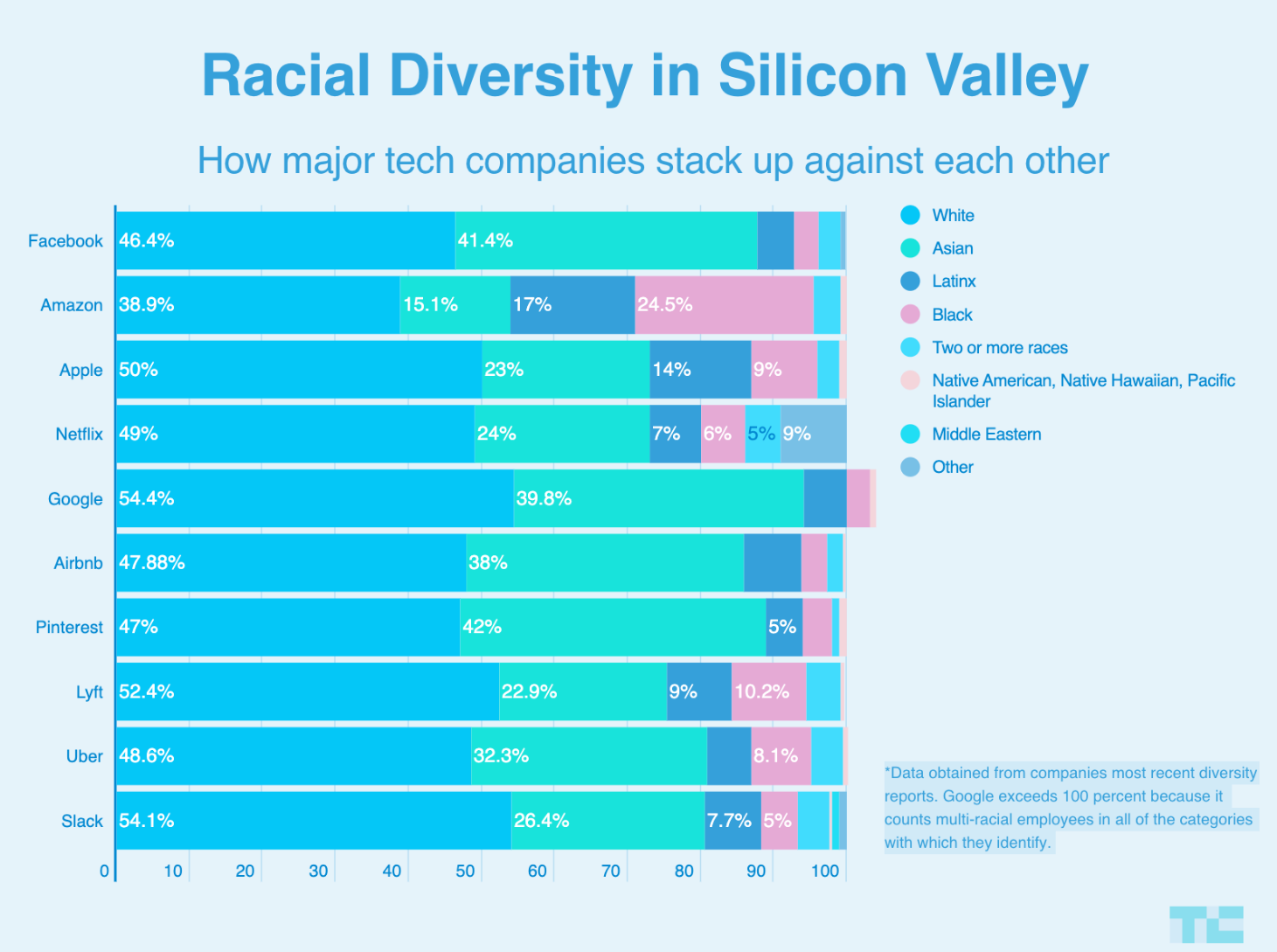29 April 2021

That said, companies are only as strong as their workforce. The most innovative, profitable, respected, and sought-after organizations have made it a strategic priority to invest in building a diverse and inclusive workplace.
That said, companies are only as strong as their workforce. The most innovative, profitable, respected, and sought-after organizations have made it a strategic priority to invest in building a diverse and inclusive workplace.
More organizations recognize the strengths of employing people from all walks of life and what it can bring to the workplace. And this isn’t just about race.
People from diverse places and backgrounds add different perspectives and ideas for business. Their ingenuity makes for a more well-rounded team with varied problem-solving approaches.
Take, for example, the success of GitLab. As an all-remote open core company that develops software, their team members are dispersed in more than 68 countries where all voices are heard and welcomed. GitLab’s mission is that “everyone can contribute,” and no wonder GitLab employees rate their diversity an A+.
To ensure that your people processes are equitable, audit and refine existing infrastructures (not just technology), and where needed, build new ones.
Confluent, a company that evolved quickly from messaging queue to a full-fledged cloud-native streaming platform, continues to grow rapidly and invests in the building blocks of a strong DEI strategy. Some of their initiatives include community-building events, lunch-and-learns with senior leaders, intersectional book clubs, and more. They celebrate their Latinx and Hispanic Heritage Month with many activities and an external speaker from the tech community.
On the other hand, excluding specific populations unintentionally or otherwise could lead to unforeseen consequences.
For instance, studies show that smartphones designed with bigger screens don’t consider gender differences, and hence, are too big for many women’s hands and pockets.
From the male-dominated datasets used in car crash tests to the more recent instances of unisex COVID-19 personal
protective equipment (PPE) failed to predict accurate risks for women.
Technological disruptions like data mining, AI, and the Internet of Things indulge in surveillance capitalism and micro-profiling. In many cases, they group private human experience into specific user behaviors, further widening the gender data gap.
Even though organizations are slow-rolling this digital transformation, leaders understand that creating a diverse and inclusive (D&I) workforce is highly imperative for business success in a competitive market and to create a value-driven foundation internally.
Recruiters now look beyond the usual locations and into international markets to hire talent, and potential candidates include people with social anxiety, geographic immobility, or physical disability. It gives decision-makers an excellent opportunity to learn about different management structures prevalent in other regions.
Ultimately, it promotes equity and removes the unconscious bias resulting from regular interactions around the water cooler, where some categories of employees can go unnoticed. Peer-to-peer interactions and a greater appreciation of mutual differences foster and fortify.
Diversity, with inadequate inclusion, is just a label that companies give themselves to make their way into statistics. A genuine culture of diversity and inclusivity should start from the employee onboarding, ingrained into the HR and business strategy.
For instance, high-quality recruits with neurological conditions like autism and dyslexia exhibit extraordinary critical thinking and analytical skills, and companies that recognize these diverse perspectives benefit from considerable payoffs.
No single strategy guarantees diversity and inclusion for all organizations equally.
But the basics, as such, remain the same:
Conducting community drives, foreign language lessons, creating awareness of other cultures, etc., encourages a dynamic working space and bridges any gaps that impact the staff morale. Instead of using boilerplate presentations, use an interactive approach to benefit their interpersonal connections.
Focus on abilities, not experience. Find candidates that have excelled in their past roles and show potential to share new perspectives. Use advanced analytics to review your previous recruitment ads and attract diverse talent.
Look beyond the traditional recruits. Today’s definition of diversity encompasses talent pools from different genders, sexual orientations, ethnicities, thinking styles, religious affiliations, generations, professions, disabilities, value systems, and personality types.
